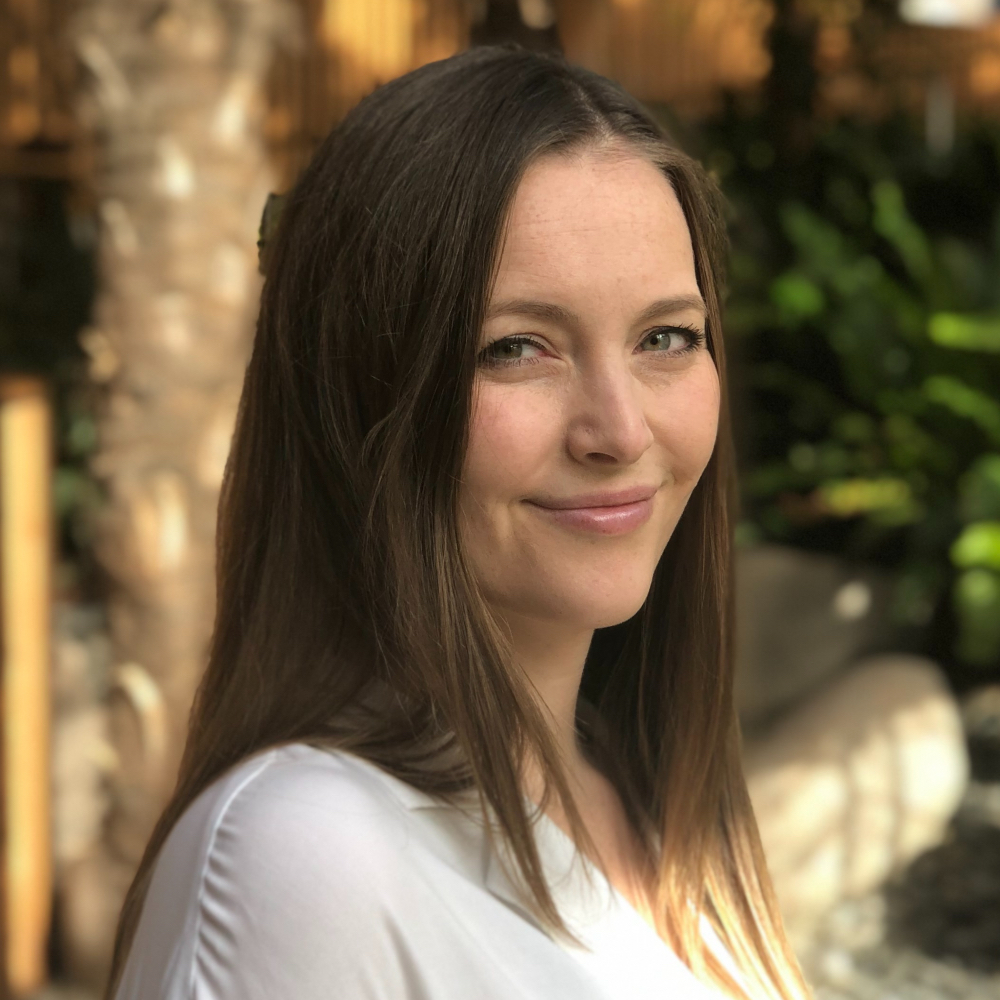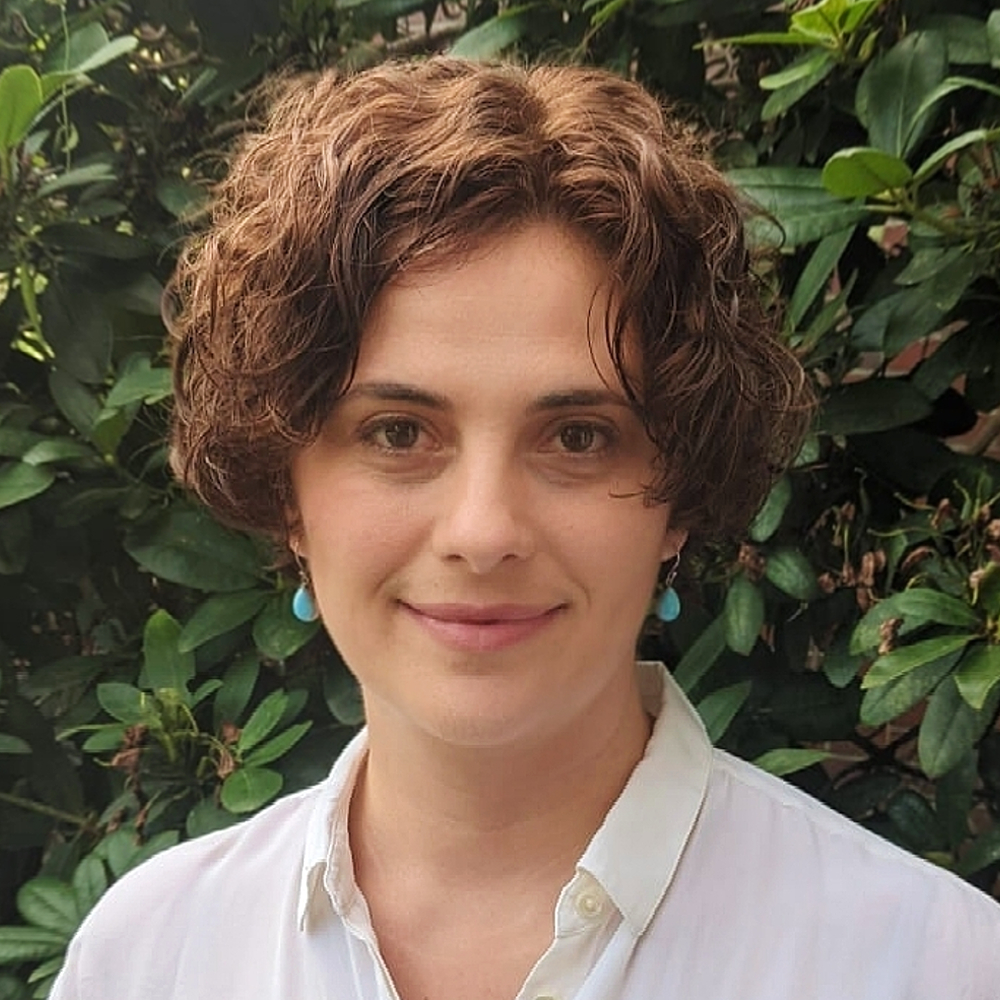Mathematics is an essential part of research in many other disciplines.
Our academics have links with research groups in other departments around the university, and work collaboratively on interdisciplinary projects with colleagues across the Faculty of Science and Health such as the Department of Psychology and the School of Computer Science and Electronic Engineering.
Mathematics research in our department covers three main areas: applied mathematics, pure mathematics, and mathematics education. Academics may have interests in more than one area, and some also carry out research within data science.
- Algebra, Geometry and Discrete Mathematics theme – The theme has expertise in algebraic geometry, commutative algebra, group and semigroup theory, graph theory and combinatorics, and applications to network coding. The theme runs an annual international workshop (AGGITatE) at the intersection of algebraic geometry and algebraic groups.
- Analysis and Mathematical Physics theme - Theme members work on a broad range of topics in Mathematical Analysis and Mathematical Physics, including discrete and continuous integrable systems, Lie groups, Lie algebras and symmetries, analysis of PDEs, Harmonic analysis and Potential theory, algebraic methods in differential equations, geometric analysis, Statistical Physics and Disordered Systems, Theoretical Physics, and Computational Physics. The theme members actively participate in the activities of the South East Mathematical Physics Seminars; LMS Harmonic Analysis and PDE Network; EPSRC Generalised and Low-Regularity Solutions of Nonlinear PDEs Network; Computational Physics Group of the Institute of Physics (IOP). The theme also runs an annual international workshop PDEs@Essex.
- Applied Mathematics - Theme members work on topics ranging from numerical mathematics and applications of linear algebra, through dynamical systems, mathematical modelling and mathematical biology. Specific topics include complex systems, network analysis, network inference, random walk theory, collective behaviour, population dynamics, pattern formation, Hamiltonian dynamics, dynamical systems, chaos theory and chaos prediction, low-rank tensor product approximations, linear and multilinear algebra, matrix analysis, and the design of efficient numerical algorithms.
- Mathematics Education theme - Researchers in this theme are dedicated to enhancing the teaching and learning of mathematics, particularly in post-16 and university education. A primary research direction seeks to improve the motivation of learners by studying growth mindsets and their influence on the mathematical learning process.
























